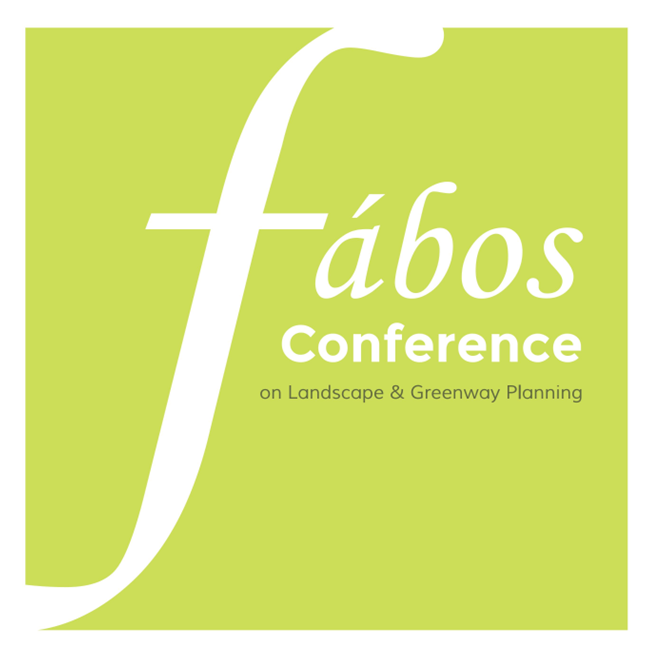Waterways to Greenways: A Case Study in Shangjie, Zhengzhou, Henan, China
- Li Zhang (Shenzhen Techand Ecology and Environmental Co. Ltd)
- Xiaohua Liu (Shenzhen Techand Ecology and Environmental Co. Ltd)
- Yuewu Xiang (Shenzhen Techand Ecology and Environmental Co. Ltd)
- Yanliang Kuang (Shenzhen Techand Ecology and Environmental Co. Ltd)
- Junjie Li (Shenzhen Techand Ecology and Environmental Co. Ltd)
- Zhenying Shan (Shenzhen Techand Ecology and Environmental Co. Ltd)
- Suyun Li (Shenzhen Techand Ecology and Environmental Co. Ltd)
- Qianying Lu
- Yan Guo (Shenzhen Techand Ecology and Environmental Co. Ltd)
- Jian Zhou (Shenzhen Techand Ecology and Environmental Co. Ltd)
- Xi Long (Shenzhen Techand Ecology and Environmental Co. Ltd)
- Shiyu Zhongzhu (Shenzhen Techand Ecology and Environmental Co. Ltd)
- Yihong Chen (Shenzhen Techand Ecology and Environmental Co. Ltd)
- Zhaohuan Li (Shenzhen Techand Ecology and Environmental Co. Ltd)
- Fengli Cao (Shenzhen Techand Ecology and Environmental Co. Ltd)
- Jinxiu He (Shenzhen Techand Ecology and Environmental Co. Ltd)
- Yiyu Wang (Shenzhen Techand Ecology and Environmental Co. Ltd)
Abstract
This case study introduces how we used a water sensitive approach to plan a storm water and sponge city project, which expanded into a holistic green infrastructure project. The project is in the Shangjie district in city of Zhengzhou, Henan China. The whole site is 61.16 km² including several waterways. The city is expanding into areas that were previously agricultural. Developers and city both desire to improve the ecological value of the city to boost the economic growth of the Shangjie district.
The main goal for the client is to transform the existing industrial city into a more resilient and livable ecological region. Our approach is to holistically solve the region's increasing demand for flood control and storm water management, and to improve ecological and recreational values along these riparian corridors. We propose additional waterways and water bodies to act as green infrastructure, then link the greenways to existing or proposed parks to form a comprehensive greenway network.
Our multidisciplinary team conducted detailed investigations and collaborated extensively. The team consists of hydraulic engineers, civil engineers, environmental planners, landscape planners, urban planners, economic planners, and others. We used a variety of technologies, including GIS, Infoworks, remote sensing technology, MIKE model, and lab tests.
Keywords: Blue-green network, Green Infrastructure, Greenway, Ecological Planning, Sponge City
How to Cite:
Zhang, L., Liu, X., Xiang, Y., Kuang, Y., Li, J., Shan, Z., Li, S., Lu, Q., Guo, Y., Zhou, J., Long, X., Zhongzhu, S., Chen, Y., Li, Z., Cao, F., He, J. & Wang, Y., (2019) “Waterways to Greenways: A Case Study in Shangjie, Zhengzhou, Henan, China”, Fábos Conference on Landscape and Greenway Planning 6(1). doi: https://doi.org/10.7275/0rmz-ne68
Downloads:
Download PDF
315 Views
280 Downloads
